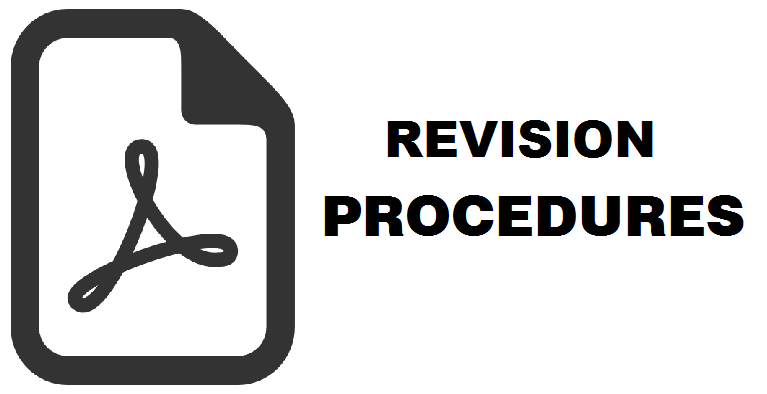Numerical Simulation of Spacecraft Charging Attributed to Ionospheric Plasma in Polar and Equatorial Environment
Nizam Ahmad(1*), Hideyuki Usui(2)
(1) Indonesian National Institute of Aeronautics and Space (LAPAN)
(2) Kobe University, Japan
(*) Corresponding Author
Abstract
The presence of spacecraft in ionospheric plasma can change plasma properties, vice versa plasma can lead to charge buildup on spacecraft. The level of charging, through electric potential of spacecraft, initially depends on plasma density. However, simulations done on four LEO satellites, i.e. ERS 1, MIDORI, ASCA and FUSE 1, showed that charging level depends on plasma electron temperature rather than plasma density which satisfied the Boltzmann’s relation in the absence of high-energy electrons from aurora. The higher the plasma electron temperature the more spacecraft exposed to negative charging. It is assumed that plasma ions and electrons are collisionless or in Maxwellian distribution. It is found that there is no strong relation between density and charging level. Furthermore, there exists insignificant different of charging between polar and equatorial satellites. It means that the placement of satellite in polar or equatorial region, as long as the presence of auroral electrons is excluded, will suffer similar level of charging which is less than 5V (negative). Since spacecraft are exposed to negative charge, electric field generated by spacecraft potential, together with mesothermal motion effects, deflects ion trajectory into donwstream region leading to ion void region. The ion density is reduced compared to electron density, but there is no significant different of ion void feature between polar and equatorial satellites.and capacity building of beneficiaries.
Keywords
Full Text:
PDFReferences
Ahmad, N., Herdiwijaya, D., Djamaluddin, T., Usui, H., & Miyake, Y. (2018). Diagnosing low earth orbit satellite anomalies using NOAA-15 electron data associated with geomagnetic perturbations. Earth, Planets and Space, 70(1). https://doi.org/10.1186/s40623-018-0852-2
Ahmad, N., Usui, H., & Miyake, Y. (2019). The Particle-In-Cell simulation on LEO spacecraft charging and the wake structure using EMSES. Journal of Advanced Simulation in Science and Engineering, 6(1), 21–31. https://doi.org/10.15748/jasse.6.21
Ahmad, N., Usui., & Miyake, Y. (2018). Particle in Cell Simulation to Study the Charging and Evolution of Wake Structure of LEO Spacecraft. The 18th AsiaSim Conference, 255-268. https://doi.org/10.15748/jasse.6.21
Anderson, P. C. (2012). Characteristics of spacecraft charging in low Earth orbit. Journal of Geophysical Research: Space Physics, 117(7), 1–11. https://doi.org/10.1029/2011JA016875
Baumjohann, W., & Treumann, R.A. (1997). Basic Space Plasma Physics, Imperial College Press, London
Bilitza, D., Altadill, D., Truhlik, V., Shubin, V., Galkin, I., Reinisch, B., & Huang, X. (2017). International Reference Ionosphere 2016: From ionospheric climate to real-time weather predictions. Space Weather, 15(2), 418–429. https://doi.org/10.1002/2016SW001593
Colson, A. (2011). DMSP spacecraft charging in auroral environment. NASA USRP – Internal Final Report. https://doi.org/20120004173
Cooke, D. L., Roth, C. J., Davis, V. A., & Mandell, M. J. (2014). Nascap Simulation of Freja Satellite Charging, 1–5.
Engwall, E. (2004). Numerical Studies of Spacecraft-Plasma Interaction: Simulations of Wake Effects on the Cluster Electric Field Instrument EFW. IRF Scientific Report 284 (February).
Hastings, D. E. (1995). A review of plasma interactions with spacecraft in low Earth orbit. Journal of Geophysical Research, 100(A8), 14,457-14,483. https://doi.org/10.1029/94ja03358
Miyake, Y., & Usui, H. (2009). New electromagnetic particle simulation code for the analysis of spacecraft-plasma interactions. Physics of Plasmas, 16(6). https://doi.org/10.1063/1.3147922
Wang, J., Leung, P., Garrett, H., & Murphy, G. (1994). Multibody-plasma interactions: Charging in the wake. Journal of Spacecraft and Rockets, 31(5), 889–894. https://doi.org/10.2514/3.26528
Wang, J., Qiu, J. W., & Qin, X. G. (2008). PIC simulation of surface charging in the wake zone. Progress in Electromagnetics Research Symposium, 1, 514–517.
Article Metrics
Refbacks
- There are currently no refbacks.
Copyright (c) 2020 Nizam Ahmad

This work is licensed under a Creative Commons Attribution-NonCommercial 4.0 International License.
Accredited Journal, Based on Decree of the Minister of Research, Technology and Higher Education, Republic of Indonesia Number 225/E/KPT/2022, Vol 54 No 1 the Year 2022 - Vol 58 No 2 the Year 2026 (accreditation certificate download)
ISSN 2354-9114 (online), ISSN 0024-9521 (print)









